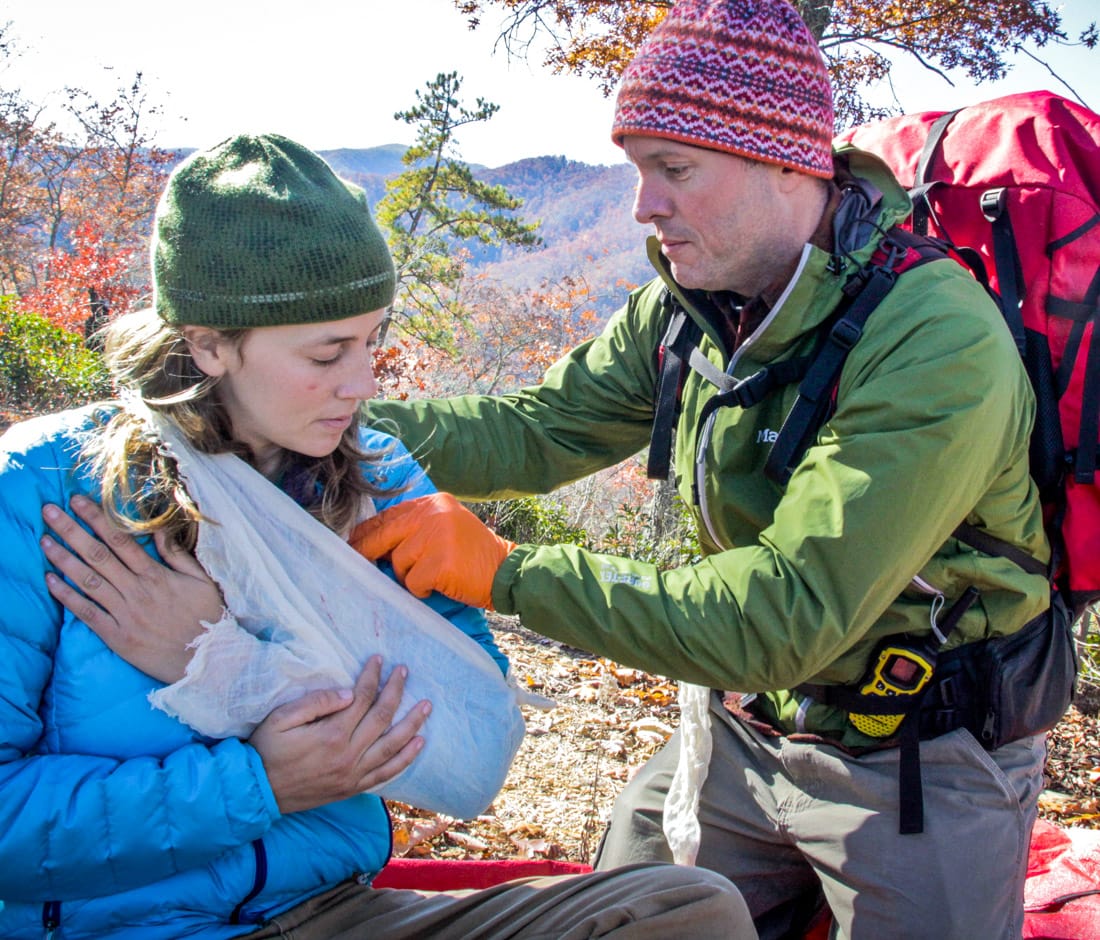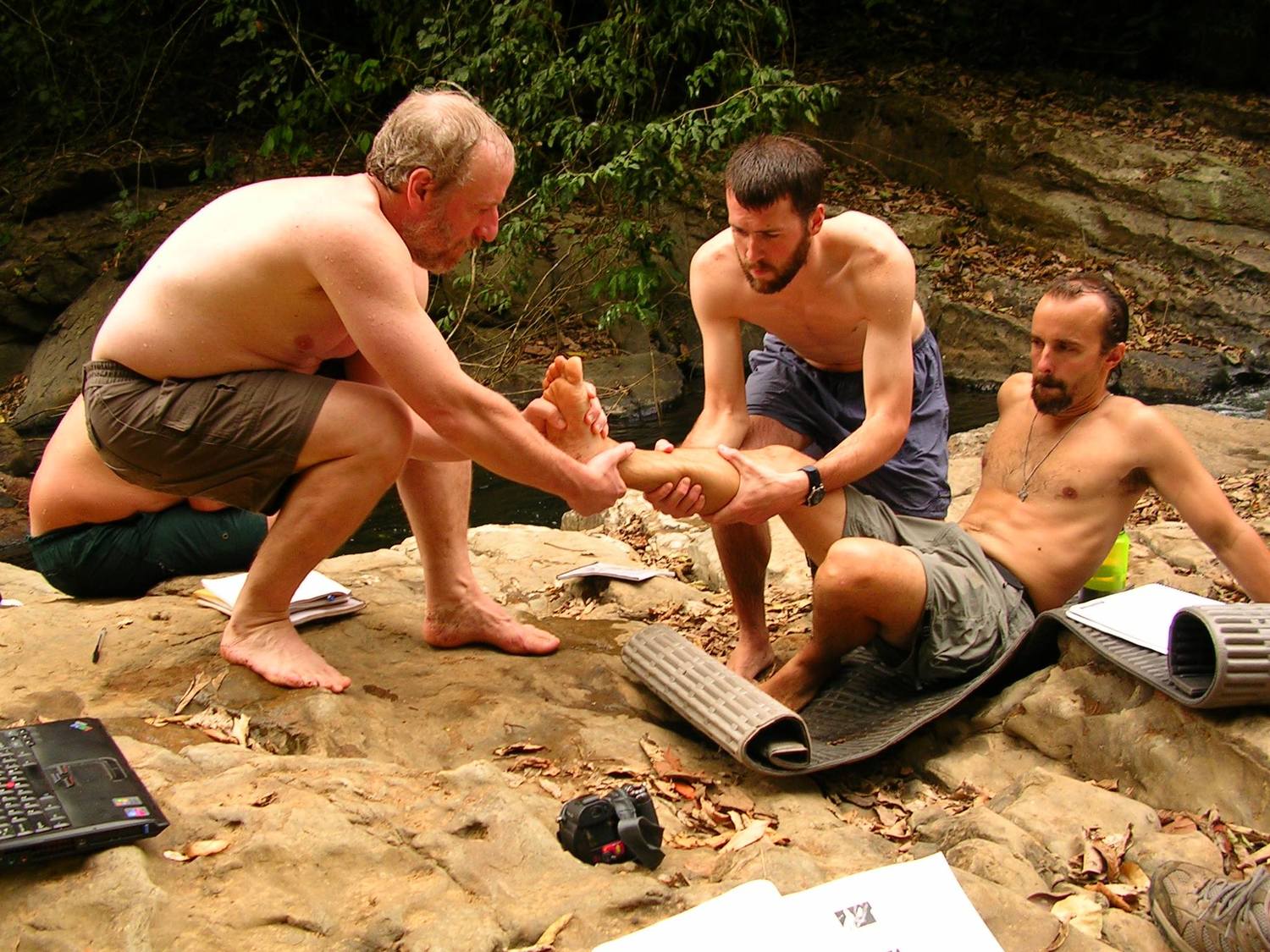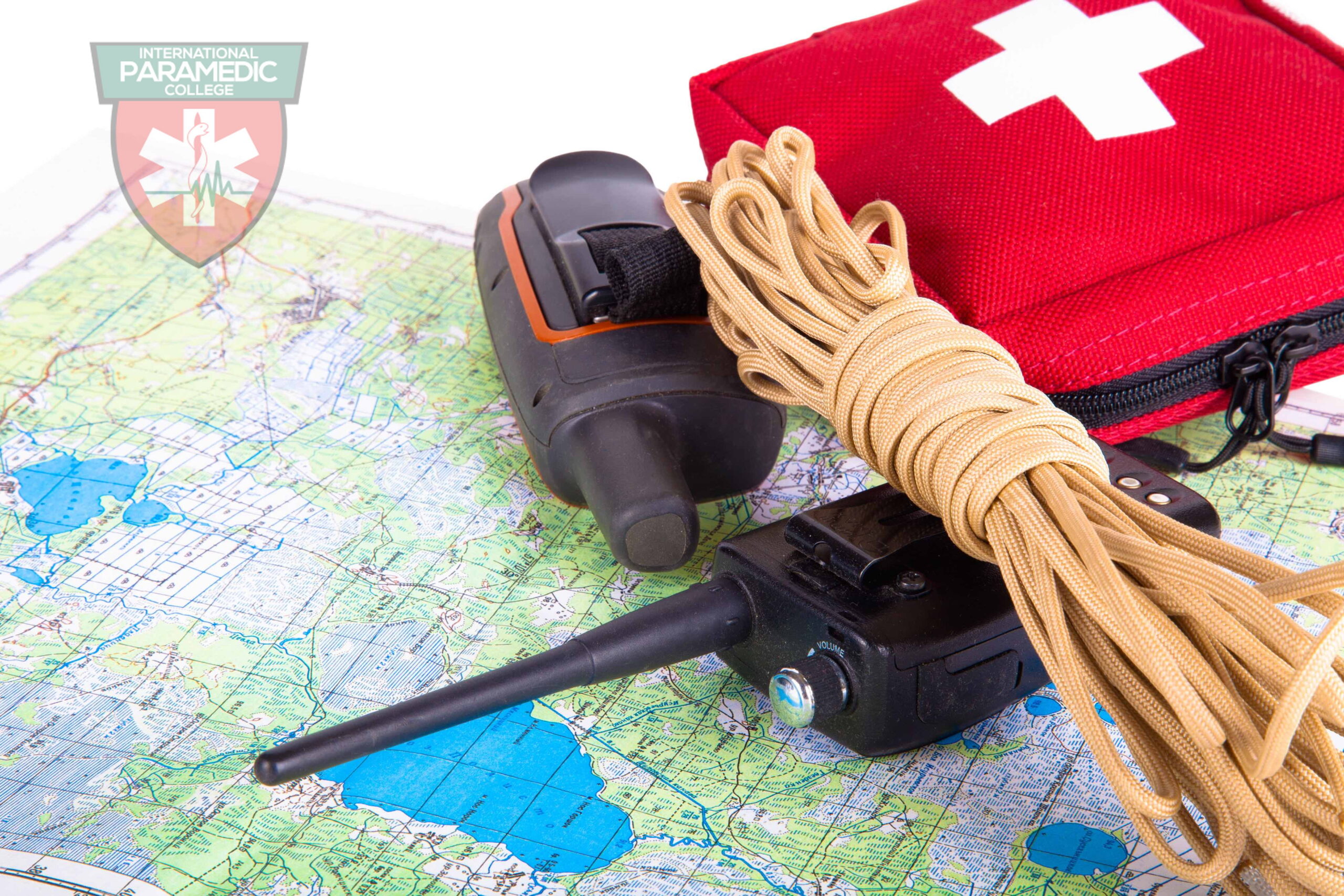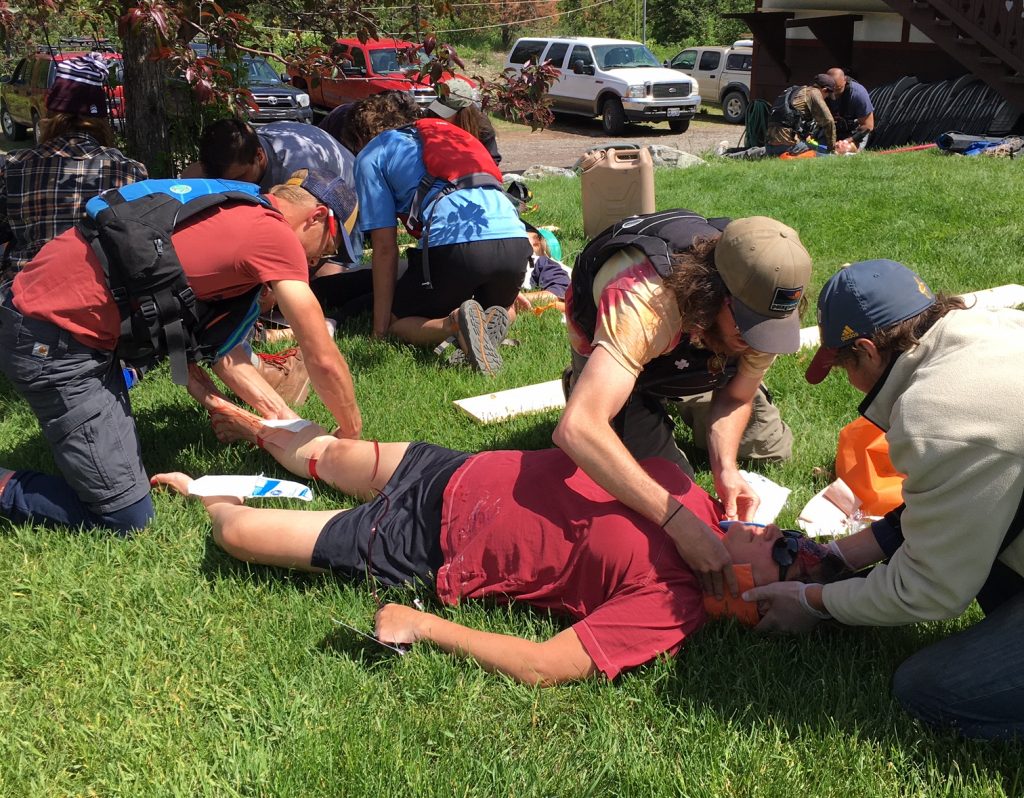As a seasoned professional survivalist with a deep understanding of ancient military tactics and modern survival techniques, I'm here to share crucial wilderness first aid strategies to ensure you're prepared for any situation. Venturing into the great outdoors offers a chance to reconnect with nature, challenge oneself, and escape the hustle of modern life. However, it's not without risks; accidents and medical emergencies can occur far from traditional medical facilities.

Understanding Wilderness First Aid (WFA)
First Aid is the specific protocol for responding to and managing medical emergencies in remote environments. It's a critical skill set for outdoor enthusiasts, from casual hikers to experienced wilderness guides.
Key Components of Wilderness First Aid Training
Patient Assessment System: A methodical approach to evaluating and treating a patient in a wilderness survival setting.
Environmental Emergencies: Knowing how to handle situations like hypothermia, heatstroke, and dehydration.
Injury Management: Expertise in dealing with common wilderness injuries, such as sprains, fractures, and lacerations.
Remote Emergency Care: Techniques for providing care when definitive medical treatment is hours or days away.
The Importance of Wilderness First Responder Course (WFR) Certification
Being a Wilderness First Responder is about more than knowing first aid; it's about being able to make critical medical decisions in a wilderness setting. WFR certification is a comprehensive training that covers a wide array of medical scenarios one might encounter in the wild.

Taking Your Skills Further: Advanced Wilderness First Aid
For those who have mastered the basics and are looking for more in-depth knowledge, Advanced First Aid courses offer an expanded skillset, including more complex patient assessment and emergency care techniques.
Essential First Aid Kit Items for the Wilderness
Bandages and gauze: For controlling bleeding and dressing wounds.
Splints: To immobilize fractures or sprains.
CPR mask: For safe administration of rescue breaths.
Medications: Like antihistamines and pain relievers.
Choosing the Right Wilderness First Aid Course
There are several reputable organizations, such as NOLS Wilderness Medicine and Wilderness Medical Associates, offering courses that cater to different levels of interest and proficiency. Whether you're a Boy Scout leader or an American Camp Association member, there's a course to suit your needs.
Continuous Learning: The Role of Continuing Education
In the field of wilderness medicine, staying current is crucial. Continuing education ensures your skills and knowledge remain sharp, and it's often required for recertification.

What to Expect in a Wilderness EMT Program
Wilderness EMTs are the elite. They undergo rigorous training that combines traditional EMT curriculum with wilderness medicine. This prepares them to provide emergency medical care in challenging and unpredictable conditions.
The Synergy of Wilderness Medicine and Psychology
The mental fortitude required to stabilize and treat an injury in a remote environment cannot be overstated as this isn't only a boy scouts trip. A comprehensive understanding of human psychology plays a vital role in effective patient care and self-management during medical emergencies.
Preparing for the Unexpected: Annual Health and Medical Records
Before embarking on a wilderness adventure wfa course, it's essential to have a thorough medical record and annual health check. Knowing your own and your group's medical history can drastically improve the outcome of any medical care needed in the wilderness.

Youth Protection and Training
As a professional survivalist, I advocate for youth protection through proper training and preparedness. Courses in wilderness advanced first aid provide valuable skills for young adventurers and can instill confidence in their ability to handle emergencies.
Wilderness First Aid wfa in the America Wilderness
The vast and varied terrains of America's wilderness present unique challenges. From arid deserts to icy mountain peaks, outdoor setting enthusiasts must be prepared with the appropriate first aid knowledge and skills to tackle any emergency situation.
The Importance of CPR Certification
Cardiopulmonary resuscitation (CPR) is a life-saving technique. In a wilderness context, where advanced medical help is not immediately available, having a valid CPR certification can make the difference between life and death.

Wilderness First Aid (WFA) Certification: Your Ticket to Safety
Holding a WFA certification indicates that you possess the necessary skills to assist in a medical emergency in a wilderness setting. It's an indispensable part of any outdoor enthusiast's repertoire.
Recertification: Keeping Your Wilderness First Responder Skills Up to Date
Staying certified is not a one-time event. Regular wilderness first responder recertification ensures that you remain equipped to handle medical emergencies with the latest methodologies.
In Conclusion
Taking on the wilderness requires courage, knowledge, and preparation. As an expert in survival after wilderness first aid training and course, I've seen firsthand the difference that proper training and a solid first aid kit can make. I encourage all outdoor enthusiasts to engage in a wilderness first aid course and recertification to not only enhance their enjoyment of the outdoors but also to safeguard their fellow adventurers.
Remember, whether you're a seasoned wilderness emt or a beginner, the skills you learn during this course could one day save a life. Embrace the responsibility and enjoy the adventure with confidence and peace of mind.
